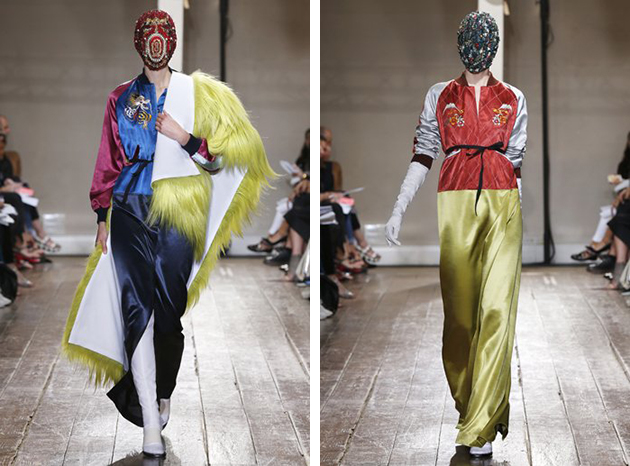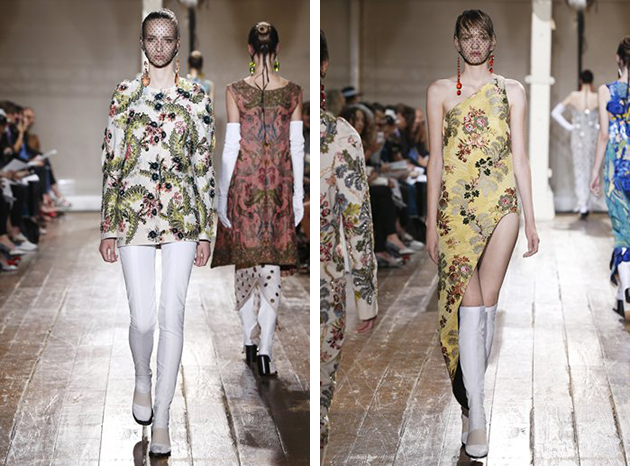
As the year 2015 begins, it is natural to wonder what it might bring. The fashion debate of the year may very well be John Galliano’s return to the industry, as he gets ready to take over Maison Martin Margiela as its creative director. Surely, one of the most surprising choices of the year, Galliano’s return to the fashion world, and no less in charge of the controversial Belgian brand, might be the source of many curious fashion wonderings.
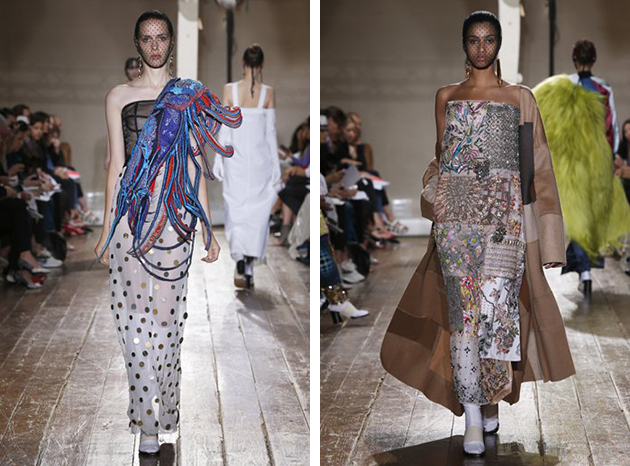
In the roaring Nineties, a dominating force of mass media reigned the public sphere and, in a dismissal of this culture, Martin Margiela embraced anonymity as a designer, for he was hardly ever photographed or interviewed. Instead, he decided that the collective “Maison Martin Margiela” would anonymously front the label. With the founder Martin Margiela’s departure from the brand in 2009, a new “faceless” group continued to generate its typically surreal collections. However, Masion Martin Margiela recently let their Haute Couture show bring the designer Matthieu Blazy out in the spotlight, in a calculated and smart media action – far from the brand’s origins – intended both as a farewell to the young talent (who subsequently apparently moved to Céline) and a clever showstopper which left people wondering about the maison’s future.
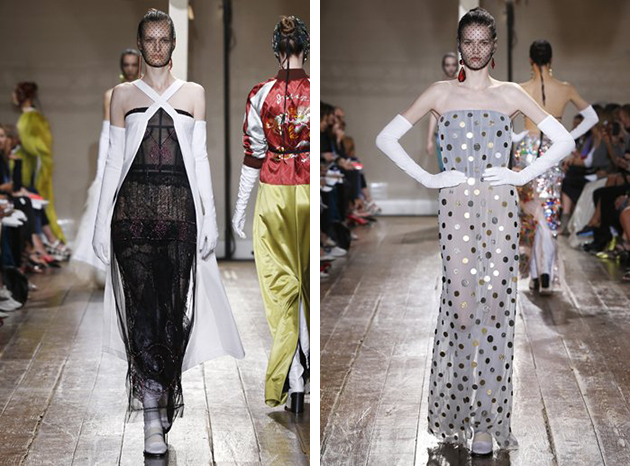
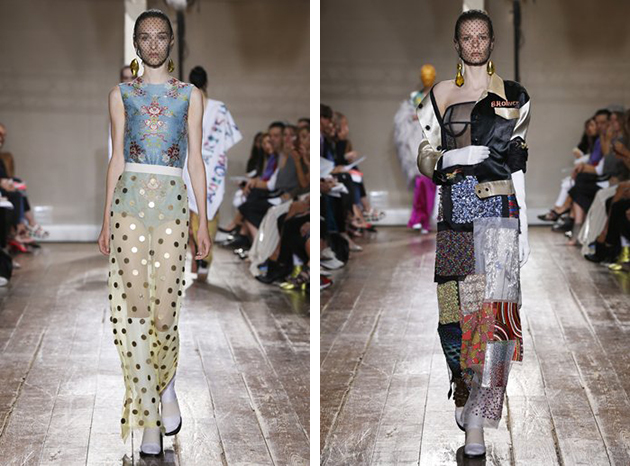
It is interesting that the brand shifted from a faceless designer to an infamous creative. After his fall from grace, John Galliano has much to prove, but also has little to lose and may therefore be the excellent vessel for the provocative creativity Maison Martin Margiela desires. Fashion, art and commerce travel hand in hand with this company dedicated to originality and surprise. Even though much can be said about Galliano’s personality, his work has often been provocative and fresh, and yet the question of ‘blending in’ will naturally haunt the designer and the label at least until the first collection is revealed. While having a very public face for the brand may become beneficial, its buzz value is only fictional and must be nurtured through time. Margiela’s determination to eliminate the public face of its design tea shifted the focus on the work itself, while it also brought a powerful blow to the illusion of an ‘almighty’ head designer being singlehandedly responsible for the success of a fashion house. In fact, Maison Martin Margiela proved what the power of collectivity really meant, but may now have fallen dependent to the trope itself.
